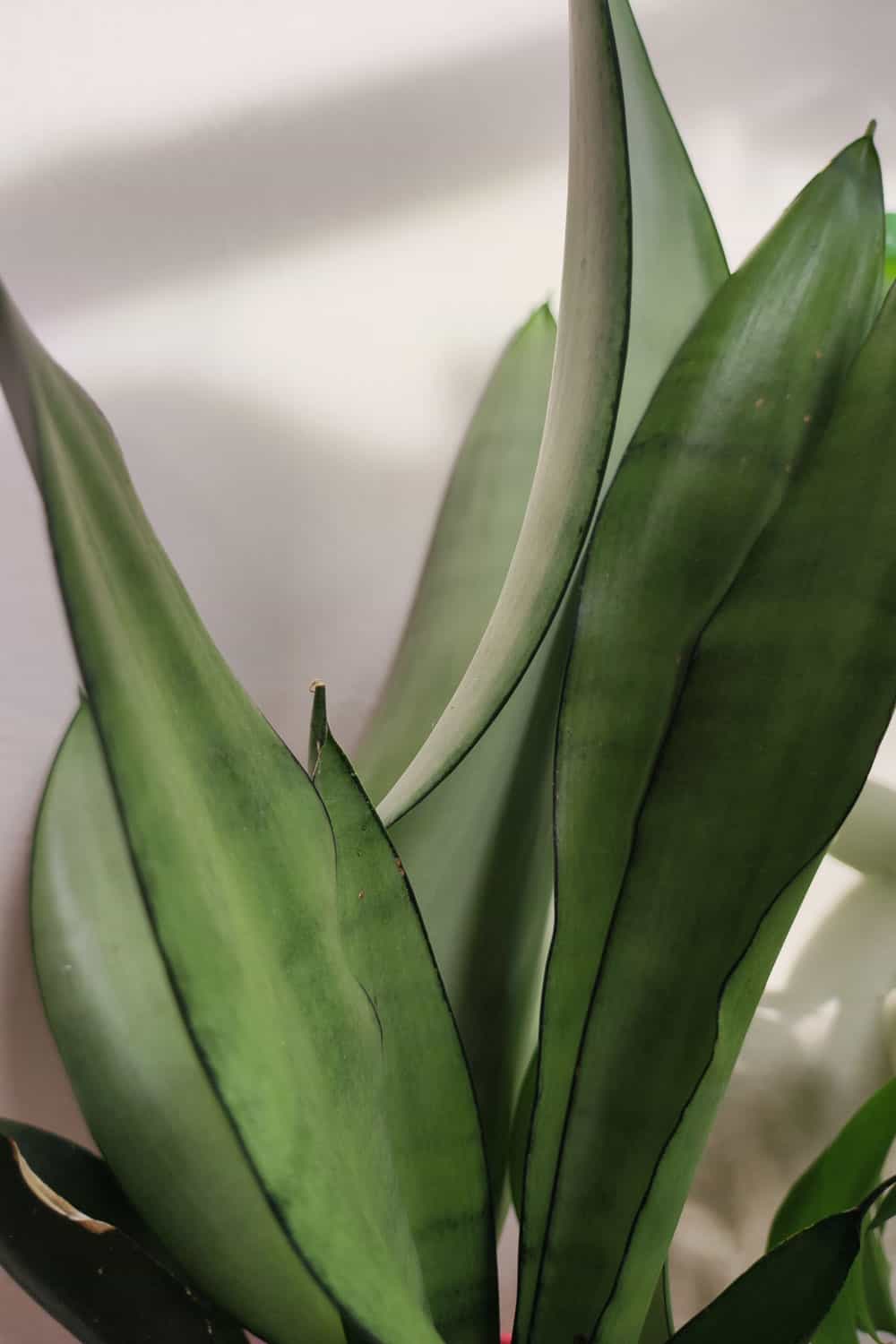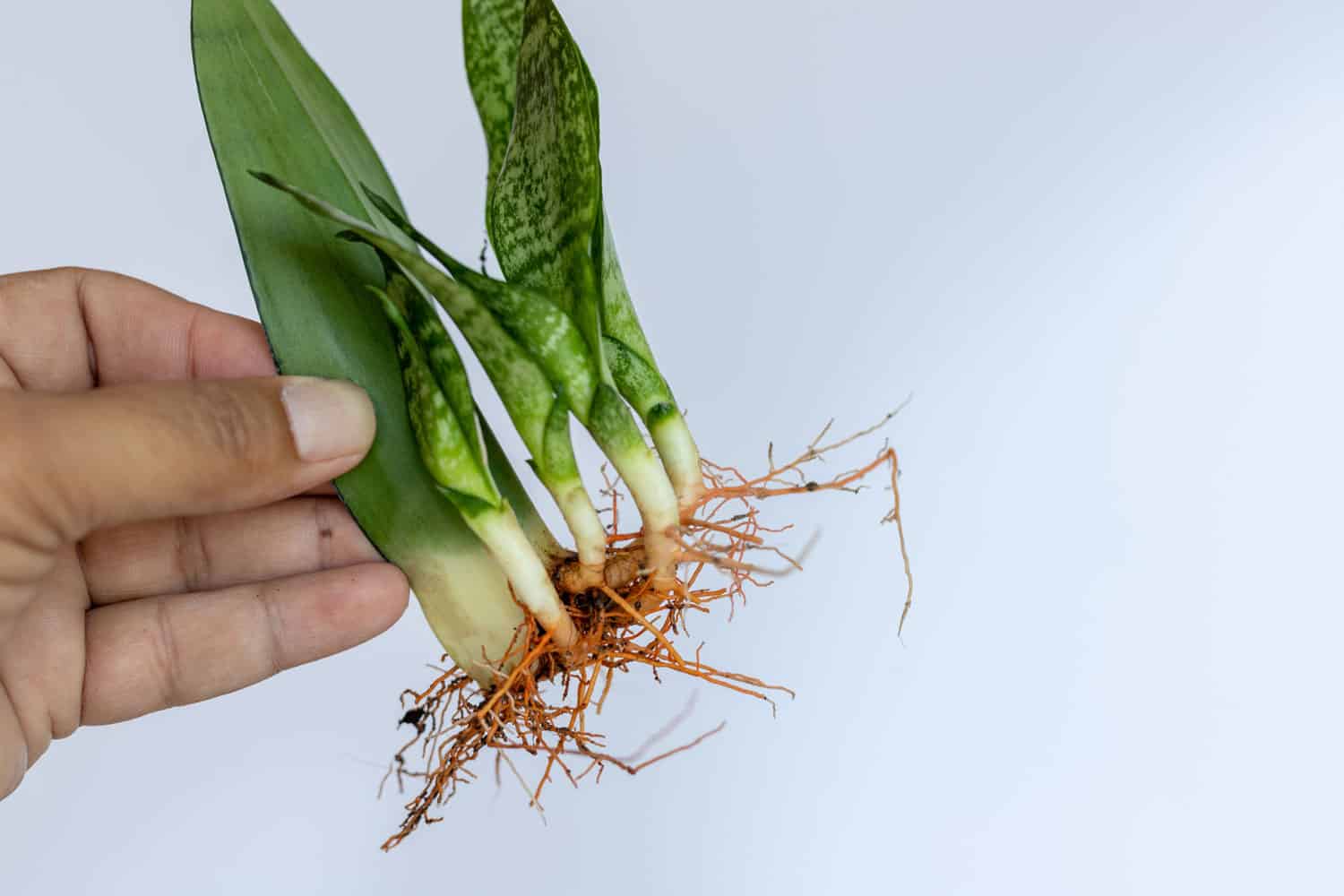Winter can be a challenging time for many houseplants, including the famous and resilient snake plant.
If you're noticing your snake plant struggling or showing signs of damage during the colder months, don't worry - there are steps you can take to help it survive and even thrive.
One of the biggest concerns with snake plants in the winter is cold damage. While they can tolerate temperatures as low as 55 °F, anything lower than that can cause harm to the plant.
Additionally, root rot is a common issue during the winter months, as overwatering can be a problem when there isn't as much warmth or sunlight.

Following a few simple tips, you can help your snake plant make it through the winter and continue to be a beautiful addition to your home.
Understanding Your Snake Plant's Needs
Snake plants are hardy and easy to care for, making them a popular choice for indoor gardeners.

However, it's essential to understand their specific needs to ensure they thrive during the winter months. Here are some key factors to consider:
Ideal Temperature for Snake Plants
Snake plants prefer warm temperatures, ideally between 65-80°F. They can tolerate hot and dry spells up to 100°F due to the water reserves in their leaves.
However, they are sensitive to cold temperatures and should be kept above 55°F to avoid damage.
Snake Plant's Light Requirements
Snake plants are adaptable and can tolerate a range of lighting conditions, from low light to bright, indirect light.
However, they do best in indirect sunlight. Too much direct sunlight can scorch their leaves, while too little light can cause them to become leggy and weak.
Why Snake Plants Are Shocked by Cold
Snake plants are native to tropical Africa and thrive in warm, tropical climates. As a result, they are not well-suited to cold temperatures and can suffer damage when exposed to chilly weather.
One of the most common symptoms of cold shock in snake plants is leaf curling. If your snake plant's leaves start to curl inward, particularly the outer leaves, it may be a sign that the plant is experiencing cold damage.
More severe frost damage can cause the leaves to turn mushy and yellow or white.
Cold damage can also lead to slowed growth and reduced overall health in snake plants. In extreme cases, it can even cause the plant to die!
In the following sections, you'll explore the best ways to protect your snake plant from cold damage and help it survive the winter months.
Preparing Your Snake Plant for Winter
If you live in a region with cold winters, you may need to take extra steps to help your snake plant survive. Here are some tips to help you prepare your snake plant for winter:
Adjusting Your Plant's Environment
Snake plants are tropical plants that prefer warm temperatures.
During the winter months, it's essential to keep your snake plant away from cold drafts and provide plenty of light.
- Keep your snake plant away from windows and doors that may let in cold air.
- If possible, move your snake plant to a warmer location in your home, such as a room with plenty of sunlight.
- Consider using a grow light to provide your snake plant with additional light during the winter months.
Click here to buy this on Amazon.
Proper Watering Techniques in Winter
During the winter months, snake plants may not need to be watered as frequently as in the summer.
Overwatering can be especially dangerous in winter, as the cooler temperatures make it harder for the soil to dry out.
Here are some tips for proper watering techniques in winter:
- Allow the soil to dry out completely between waterings.
- Water your snake plant less frequently than you would during the summer months.
- Consider using a moisture meter to help you determine when it's time to water your snake plant.
Click here to buy this on Amazon.
Rescuing a Cold-Shocked Snake Plant
If you've noticed that your snake plant has been exposed to cold temperatures and shows signs of damage, don't panic. There are several steps you can take to help your plant recover and thrive again.
In this section, we'll cover how to identify symptoms of cold damage and the immediate actions to take.
Identifying Symptoms
Cold damage can manifest in several ways. If you notice any symptoms, it's likely that your snake plant has been exposed to cold temperatures and requires some TLC.
Immediate Actions to Take
As stated, rescuing a cold-shocked snake plant requires you to move it to a warmer location.
Next, assess the damage to your plant. If there are any severely damaged leaves, you can remove them with a clean pair of scissors or pruning shears.
Be sure to disinfect your tools with rubbing alcohol before and after use to prevent the spreading of any potential diseases.
With proper care and attention, your cold-shocked snake plant can recover and thrive again.
Remember to be patient and consistent with your care, and your plant will reward you with its beautiful, air-purifying foliage.
Investing in Proper Insulation
If you live in an area with particularly cold winters, you may need extra insulation to protect your snake plant.
Consider adding weather stripping to your windows and doors to prevent drafts or using insulated curtains to keep the cold air out.
You can also place your plant near a heat source, such as a radiator or space heater, to help keep it warm.
Remember always to monitor the temperature and humidity levels in your home to make sure your plant is getting the care it needs.
Final Thoughts
Winter can be a challenging time for snake plants, but with proper care and attention, they can survive and thrive.
Understanding your snake plant's needs, protecting it from cold drafts, and adjusting watering habits are all crucial steps.
If your snake plant does experience cold shock, there are immediate actions you can take to help it recover and long-term recovery steps to ensure its health.
With these tips, your snake plant can continue to be a beautiful addition to your home, even during the coldest months of the year.



